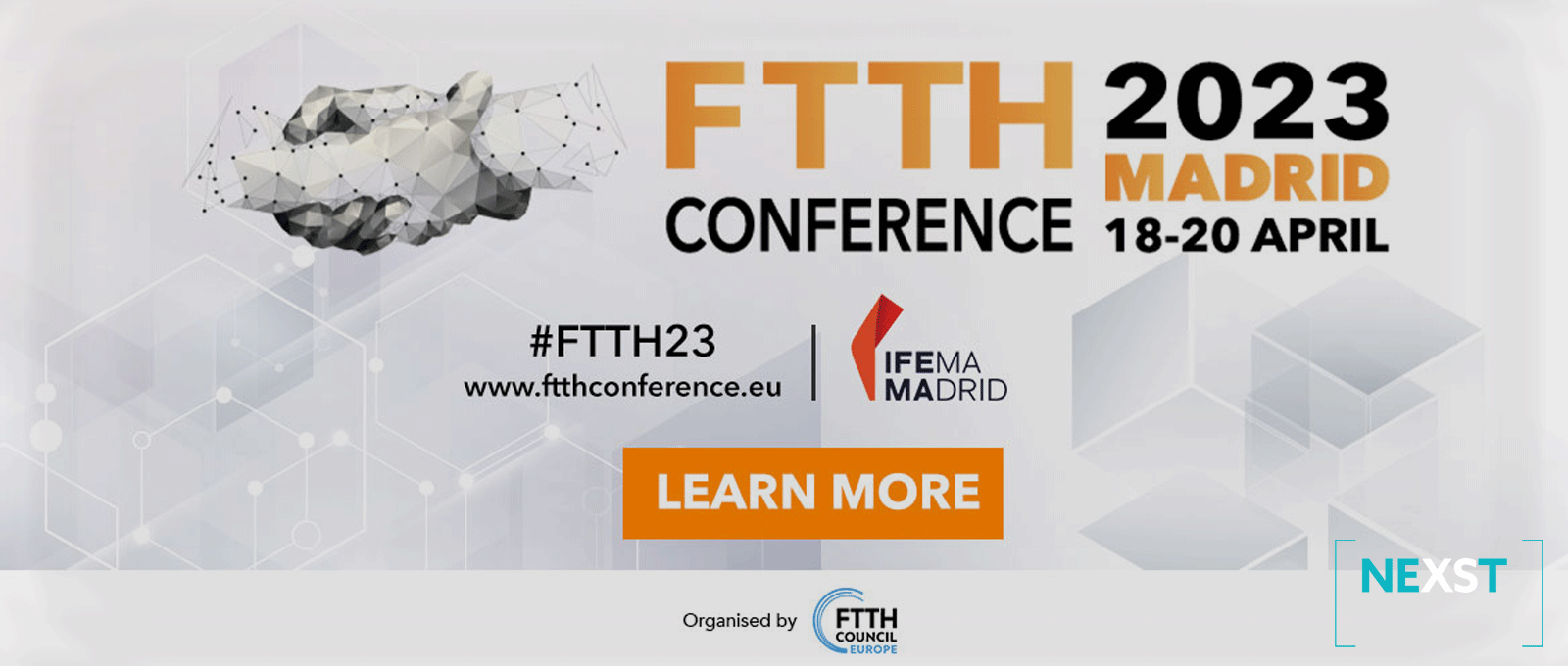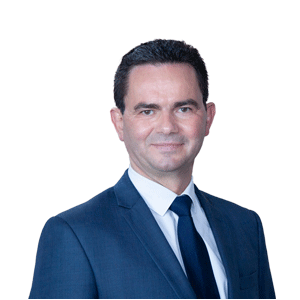Talent management are also part of the conference agenda, with a dedicated panel session on how to attract and retain skilled labour in a time of shortage for the industry, and the announcement of the brand new “Champion of Diversity Award”. The programme also features the usual focuses on key European markets, recent policy and regulation initiatives, and deep dives into technology developments (10G and beyond, decommissioning copper networks, future applications that will run on fibre networks, the importance of in-home connectivity…).
Vincent: “Figures for 2022 will also be presented at the conference. We can anticipate a continuation of the growth rate we’ve seen in the last few years in terms of coverage, with point-to-multipoint technology being Europe’s top deployment choice. Fibre rollouts are advancing steadily, each country at its own pace, and progress versus 2021 is tangible. Looking at development of networks across Europe, we officially passed the 50% coverage threshold in 2021: more than one in two households in Europe now has access to full fibre connections. However, this also means that there’s still a long wat to go until we reach full coverage. Areas still to be fibreised are mainly in Germany, Italy, and the UK, accounting for 60% of the remaining potential for network infrastructure deployment. Filling this gap will be crucial for Europe to reach its objective of bringing gigabit connectivity to every household by 2020.”






